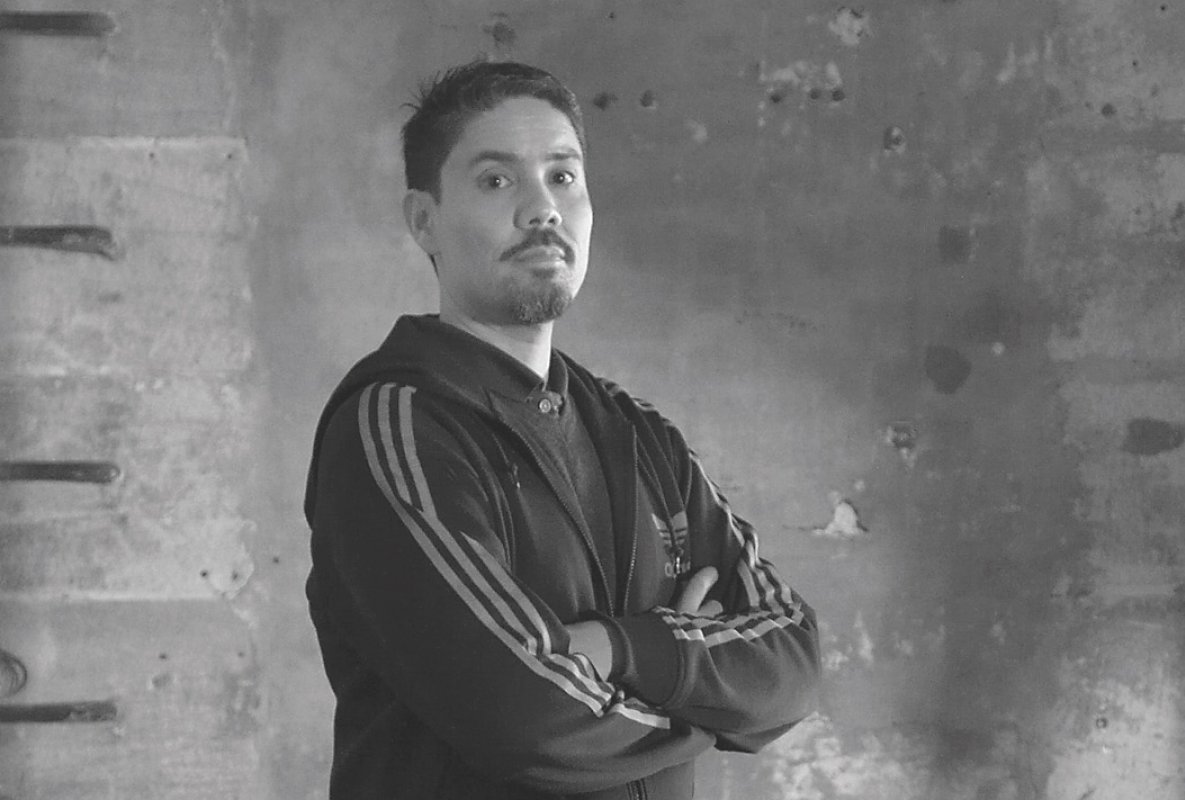Paul Pfeiffer2009
Borrowing footage from television, movies, and sports events that serve as raw material and building blocks for his work, Paul Pfeiffer creates video, sculpture, and installations. Using iconic images of spectacles and celebrities, he plays with the canonization of memory and history, as in a digitally erased Marilyn Monroe or ghostly image of Muhammad Ali fighting in the ring, and asks viewers to question their own spectatorship and desire. Informed by, among others, Francis Bacon, Warhol, and DaVinci’s Vitruvian Man, his large-scale pieces wrestle with notions of power while the miniature works evoke intimacy. In a recent colossal production, he recorded a hired crowd of 1,000 men to re-create the sounds of 100,000 fans cheering during a World Cup match. In all of his work, from a lush sunrise and sunset shot, and shown, in real time, to a twentyfour hour a day, seventy-five day long piece, where New York commuters could watch a video of a nest full of eggs hatching and then growing into chickens, Pfeiffer is saying: pay attention. One critic summed up his body of work, “One can feel the deepening of love and the holes left open by need.”
"I'm generally working in al elliptical fashion, constantly circling back and revising previous works, with the changes and new ways of working - for instance, introducing staged performance to my usual mix of appropriated images - a kind of expansion of the means through which i gather raw material. As I see it, art making has less to do with self-ex[ression and more to do with the mediation of shared meaning. It's a king of 'call and response' with the viewer. The most i can hope fo as an artist is to come up with a picture that convincing enough to compel viewers to complete the meaning for themselves."


